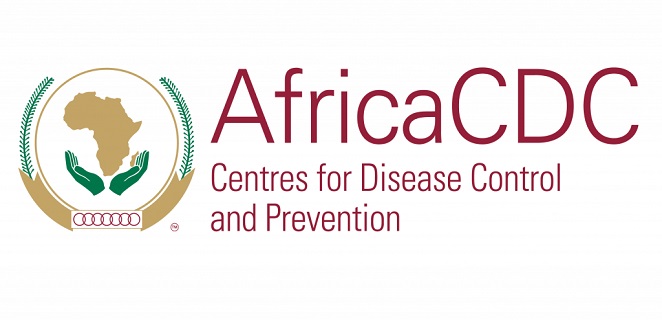THE World Health Organization has declared that 2020, the 200th anniversary of Florence Nightingale’s birth, will be the International Year of the Nurse and the Midwife. The year represents a once-in-a-generation opportunity to celebrate and thank nurses and midwives for all that they do, and to make clear the critical contribution that our professions can make in achieving universal health coverage. It is urgent that we make the most of 2020.
By Barbara Stilwell, PhD, RN, FRCN, executive director, Nursing Now, a three-year global campaign seeking to raise the profile of nurses:
A global health care workforce crisis.
We are edging ever closer to a significant global health care workforce crisis. The WHO estimates that we are facing a shortfall of 18 million health workers to achieve and sustain universal health coverage by 2030—and approximately half of that shortfall, 9 million health workers, are nurses and midwives.
It is high time, therefore, that countries think radically differently about the way they train, deploy, and look after their health workers, particularly nurses and midwives. This will require political commitment and domestic resource mobilization. Countries will need to increase their allocation to health budgets to invest in their nursing and midwifery workforces, not only increasing numbers but also ensuring that all nurses and midwives can practice to the top of their license and stay in the workforce because they feel valued and rewarded.
Time for nurses to make their pitch.
Nursing Now offers a chance for nurses (and midwives) to take center stage, to celebrate their skills and achievements. Nurses are emerging from the wings and showing that they want to step up to be influential leaders and to lead multi-professional teams to get the universal health coverage job done; 2020 gives us all a chance for high visibility in our governments, the public, and other health professions. Many nurses are already leaders, advocates, and innovators in their communities, clinics, hospitals, and in the health care system. But our voices are often lost when we do not make it to the critical health system leadership roles where we can guide workforce investment.
Structural barriers; lack of confidence and authority.
Nursing Now carried out a study of nurses and leadership in 2018.[1] A global sample of over 2500 nurses reported that both women and men in nursing felt a lack of self-confidence about speaking up in large meetings. Nurses also perceived that they lacked authority in decision-making, and some reported not having budget authority so that they were unable to make real change.
These barriers to change are structural and contribute to why nurses find themselves again and again implementing innovative models of practice without recognition and why some of these innovations do not survive. This discussion has come full circle: nurses need the support of policy makers and politicians if they are to realize their full potential, and that support has to include a hard look at the structural and gendered barriers that hold nurses back.
Where should investments and energy be focused?
What should we be asking politicians for? Where can investments most effectively be made? A 2015 systematic review of approaches to improving the contribution of nurses and midwives to universal access to primary health care showed that expanded access to services could only be achieved when there were investments in infrastructure and training, as well as improvement of working conditions of the health workforce.[2]
When staff took on expanded roles in their work, there was a positive impact on the delivery of health care—but successful expansion depended on clearly defined roles and provision of additional training and support. In addition, incentives, both financial and non-financial, including opportunities for further training and career development, were shown to be important factors for staff retention and performance.
Five recommendations for policy makers.
We recommend five cost effective and evidence-based areas that health ministers and policy makers can immediately invest in for the rapid expansion of health care services:
- Establish more nurse-led clinics, enabling nurses and midwives to work to their full potential
- Employ more specialist nurses in all areas of care
- Make comprehensive midwifery services available everywhere, offering a full range of maternal and newborn health care
- Make nurses central to primary health care, providing services and supervising community health workers
- Support nurses and midwives to deliver health promotion and disease prevention.
The Nightingale Challenge for employers.
The Nightingale Challenge urges every health employer to respond by providing leadership and development training for a group of nurses and midwives during 2020. We want to see a cultural shift that equips and empowers the next generation to play a bigger role in multidisciplinary teams as practitioners, advocates, and leaders in health. So far over 450 employers in 58 countries have committed to provide development training for nearly 18,000 nurses and midwives in 2020.
A key date for all our calendars in 2020 is April 7, when the first ever State of the World’s Nursing report will be launched. This groundbreaking report will provide a global picture of the nursing workforce and articulate the role that nurses play in achieving health for all, ensuring safer and better prepared communities, enhancing health and well-being at every stage of life, and advancing gender equality.
There are over 480 Nursing Now groups and many other organizations who are gearing up to make the most of 2020 and shine a new and brighter light for nursing. We encourage everyone to get involved and visit our website to find out more.
Our role in reaching some of the most marginalized communities is essential to leaving no one behind and achieving health for all. Let’s lean in and work together to make 2020 a year that transformed nursing for future generations.




